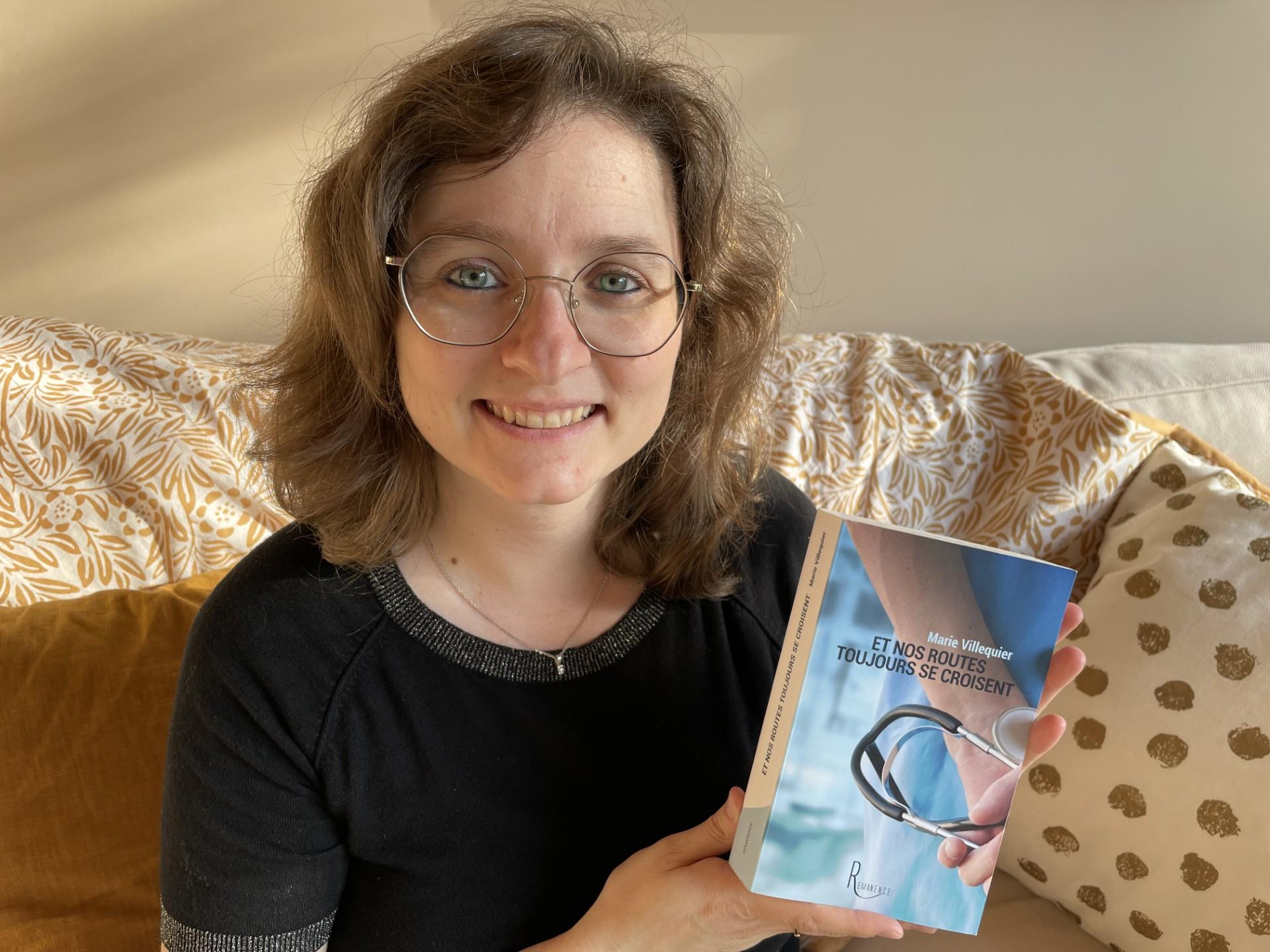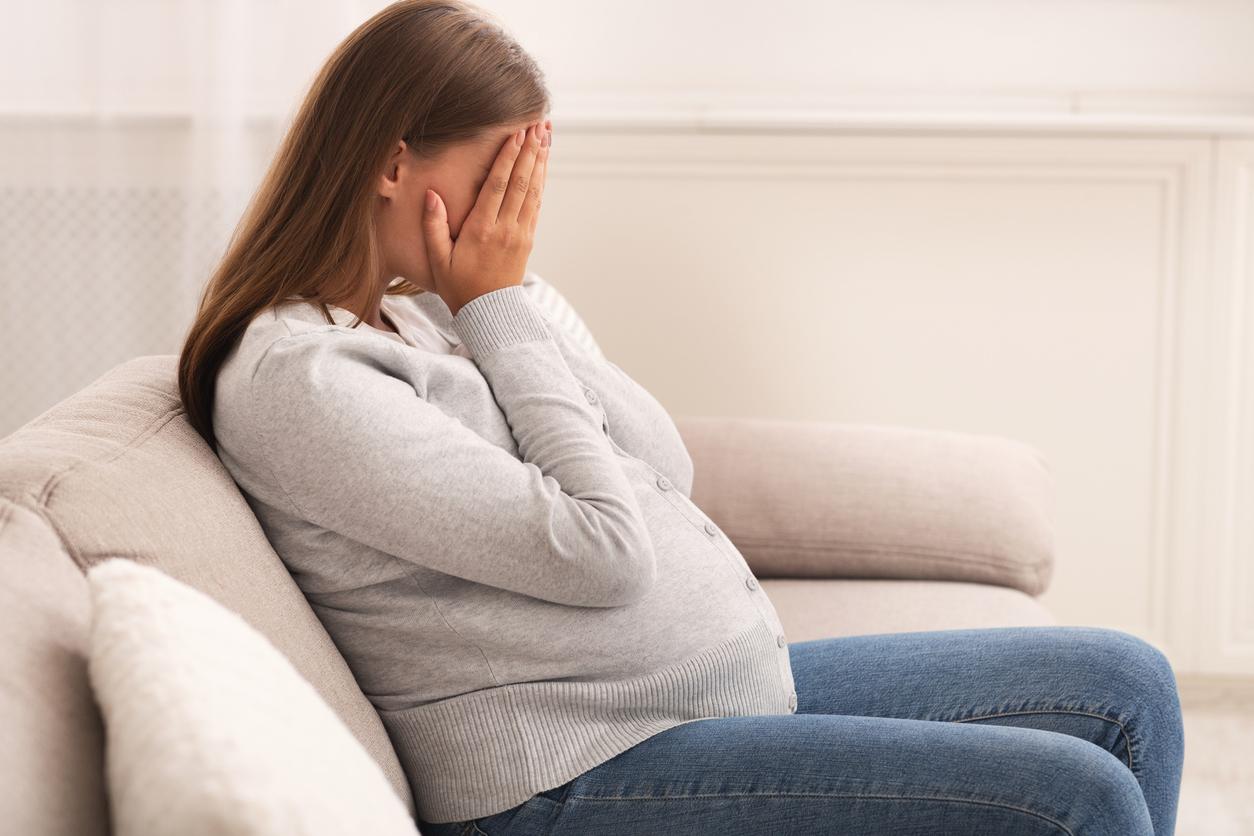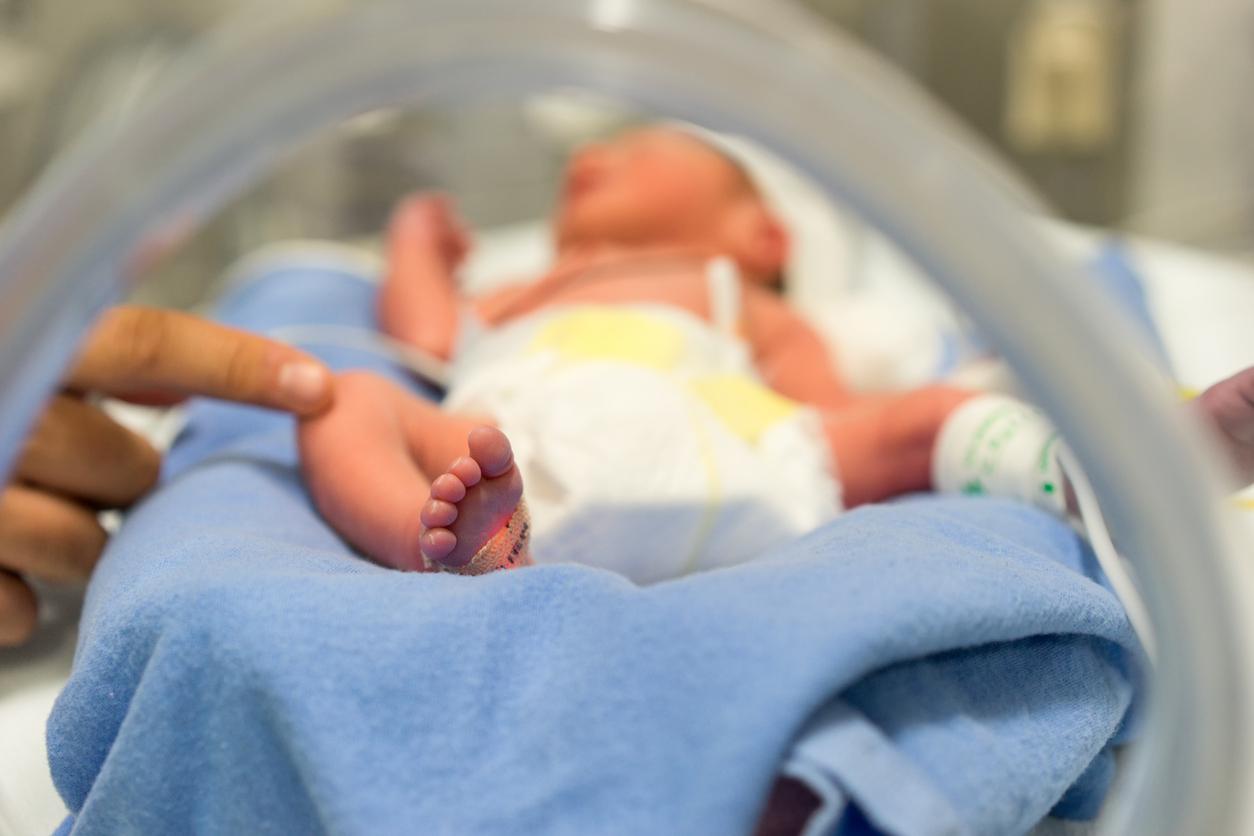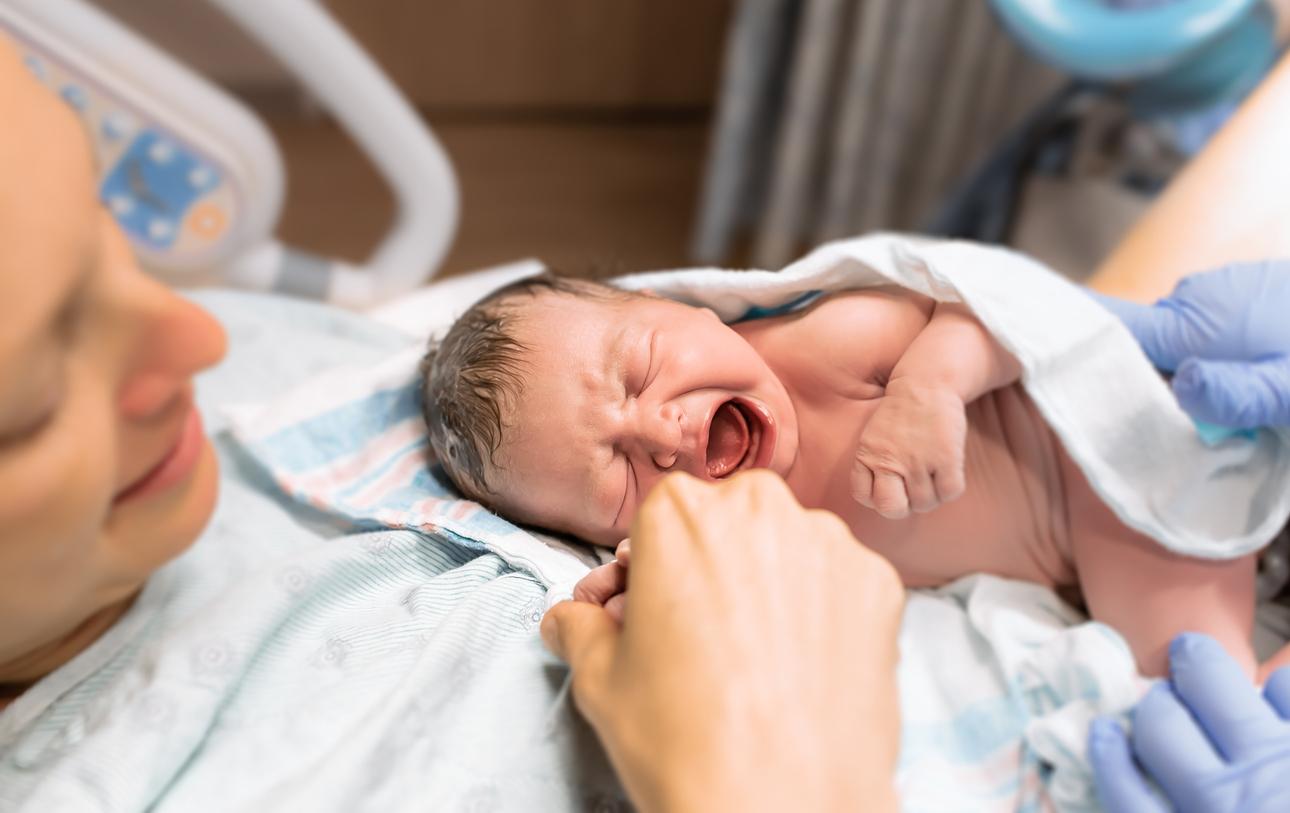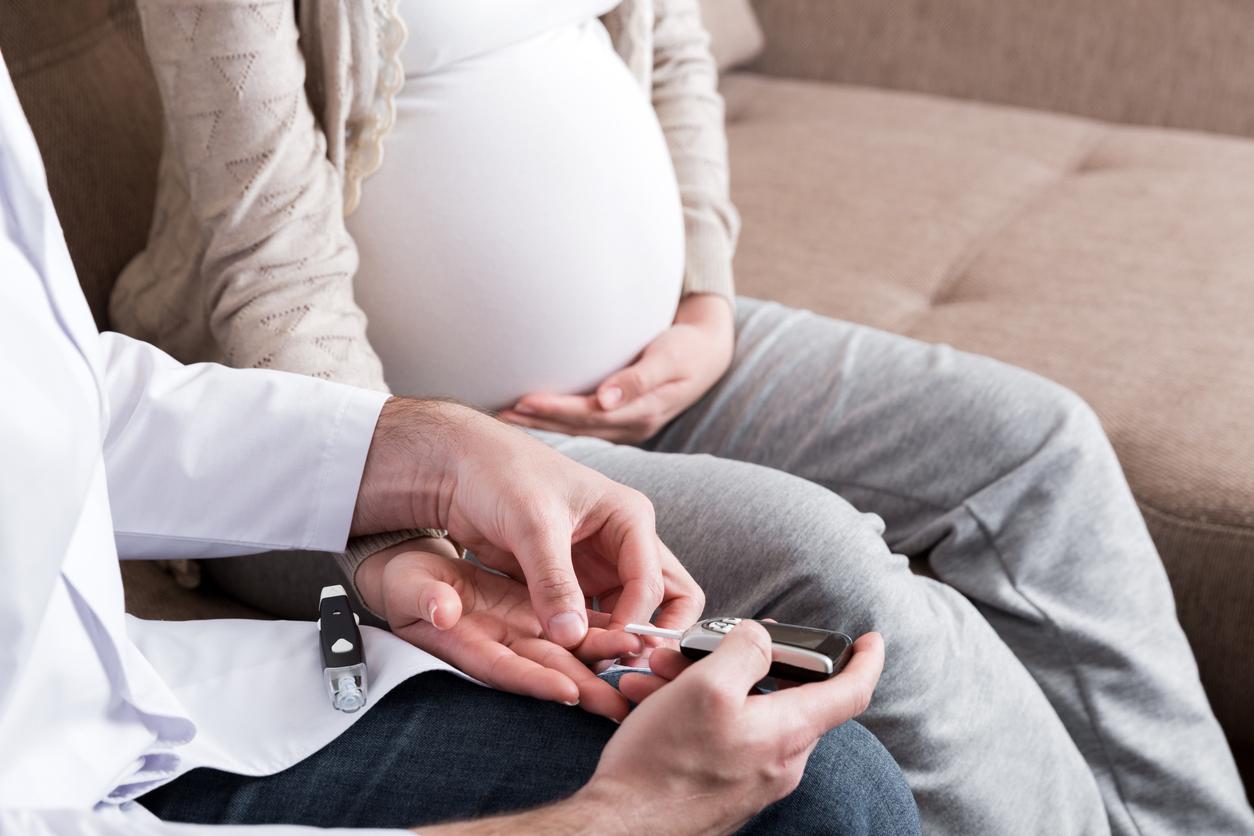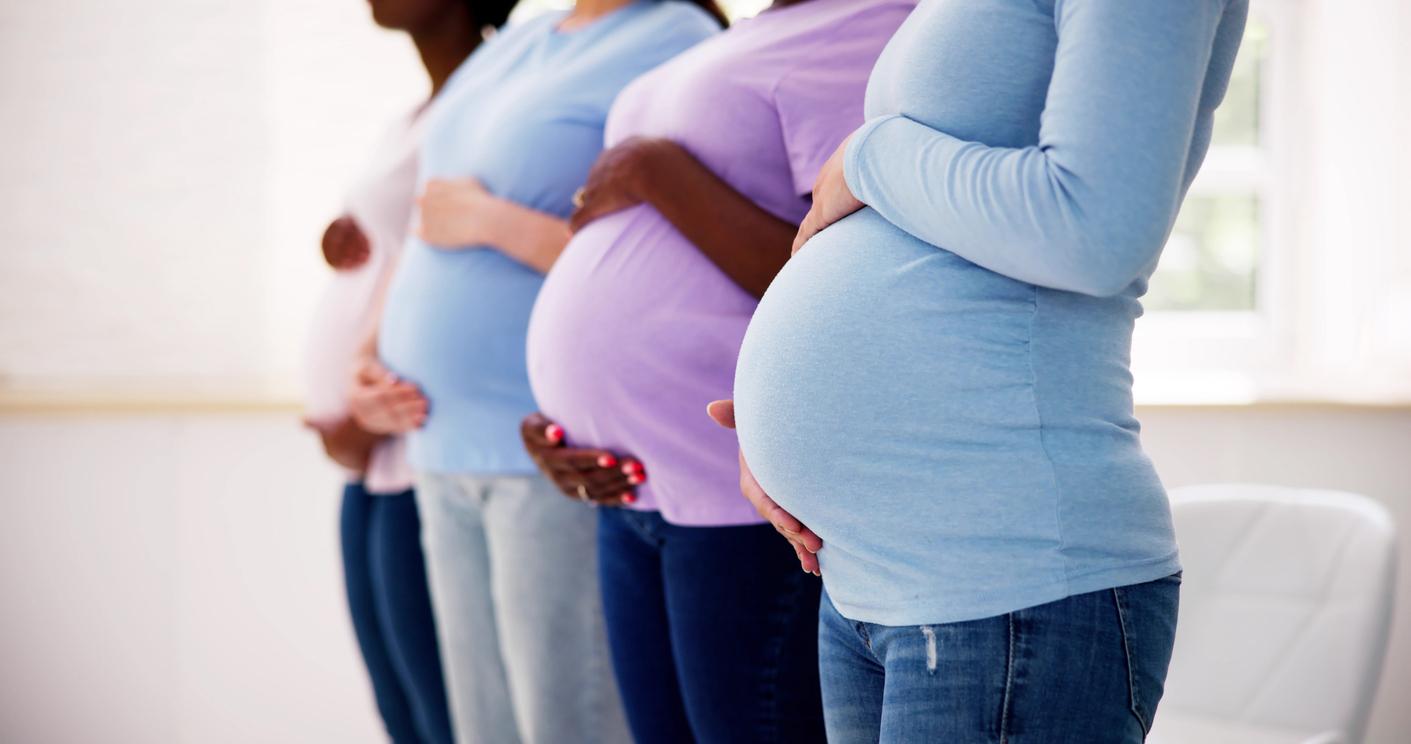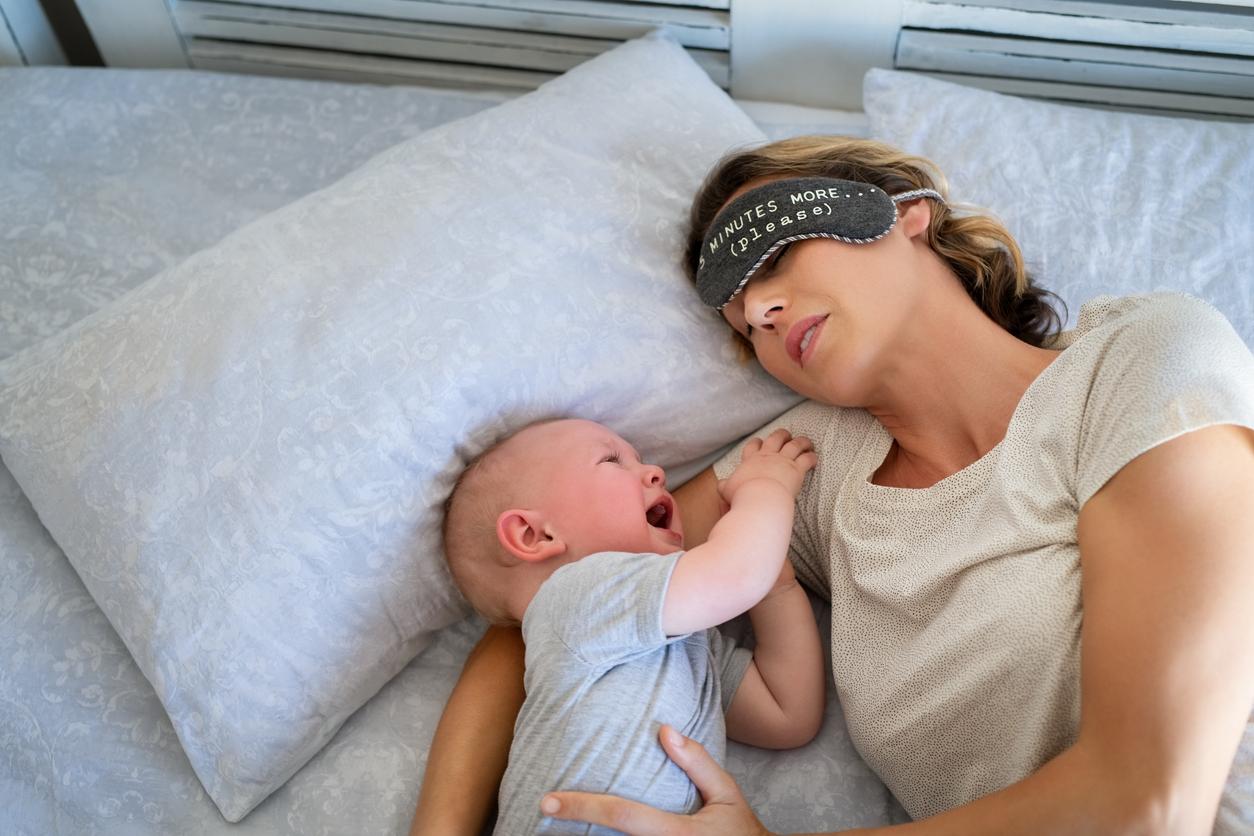While the delays in resorting to voluntary termination of pregnancy (IVG) divide politicians, France recorded 232,000 voluntary termination of pregnancy (IVG) in 2019, the highest number since the 1990s.

- If it is young women aged 20 to 29 who are the most affected by abortion, the increase in the rate of recourse has been notable among women in their thirties since the 2010s.
- Territorial disparities in the use of abortion are marked.
- Women with the lowest incomes resort more often to abortion.
In 2019, France recorded 232,000 abortions, the highest number since the 1990s, according to a new report from the Department of Research, Studies, Evaluation and Statistics (DREES). ). The rate of recourse to abortion is following an upward trend.
The abortion rate continues to rise in 2019
If it is young women aged 20 to 29 who are the most affected by abortion, the increase in the rate of recourse has been notable among women in their thirties since the 2010s. The increase is most marked among those aged 30-34 years (+ 3.9 points between 2010 and 2019). Conversely, over the same period, the rate of recourse decreased among women under 20 years of age. Among 15-17 year olds, it fell from 10.5 per 1,000 girls in 2010 to 5.7 in 2019, and among 18-19 year olds from 22.2 to 16.7 abortions.
From simple to triple depending on the region
Territorial disparities in the use of abortion are marked. In mainland France, the lowest rates of recourse are recorded in Pays de la Loire (11.8 abortions per 1,000 women), in Brittany (12.3 abortions) and in the Grand-Est region (12.9 abortions) while that they reach 19.4 abortions for 1,000 women in Corsica and 22.9 in Provence-Alpes-Côte d’Azur. Higher in the DROMs, they exceed 39 per 1,000 women in Guadeloupe and Guyana.
Women with the lowest incomes more often resort to abortion
The DREES was also able to analyze, for the first time, the use of abortion according to social situation. The 10% of women with the highest standard of living have an abortion rate per 1,000 women that is 11 points lower than that of the 10% of women with the lowest standard of living. “These gaps are not explained solely by differences in age or marital status of these groups of women, since for a given age group and marital status, women whose standard of living is ranked among the top 10% the lowest have a probability of having an abortion in the year 40% higher than that of women with a median standard of living”, say the experts.
Abortion still at the heart of political debates
A new parliamentary report, commissioned by the government in 2019, recommends extending the deadlines for recourse to voluntary termination of pregnancy (abortion) from twelve to fourteen weeks of pregnancy. Last May, the Senate refused a temporary extension of abortion times for the duration of the health crisis. In July, a bill intended to reverse “remove obstacles and improve the effectiveness of the right to abortion”also providing “the extension of the legal deadlines for access to abortion from twelve to fourteen weeks” and the deletion “of the double conscience clause specific to abortion”.
.







